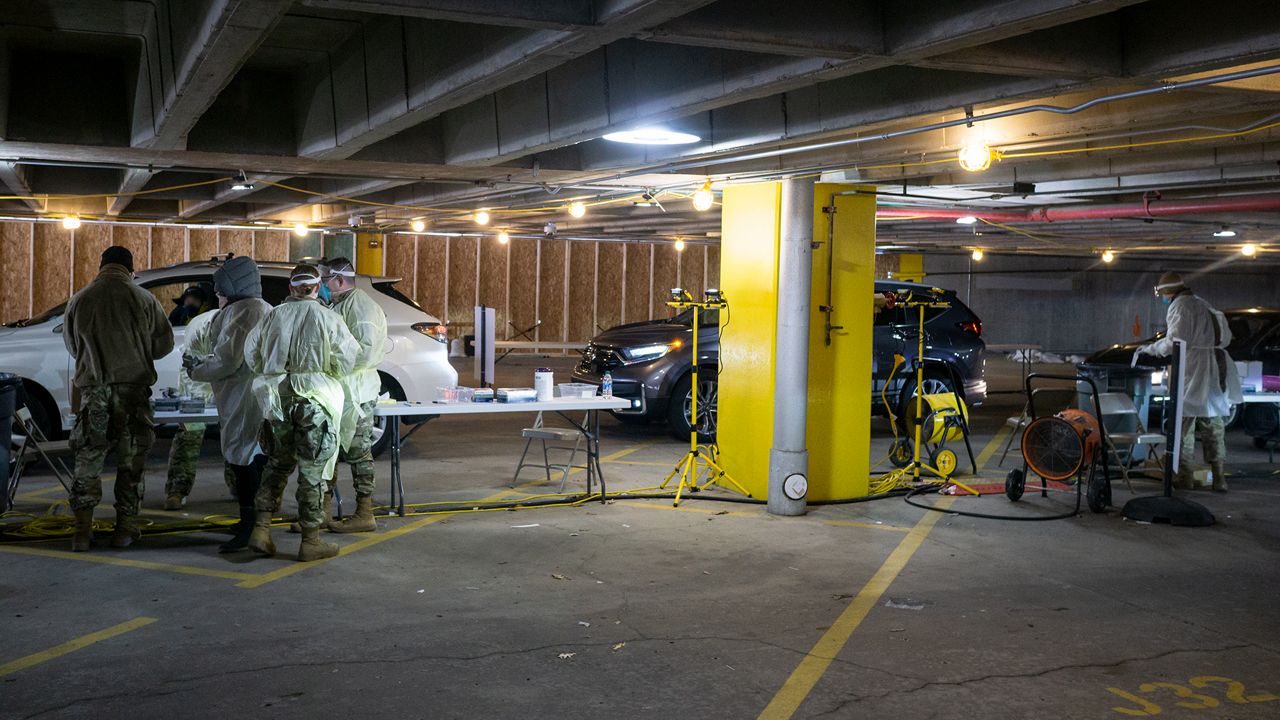COLUMBUS, Ohio — Health officials said Ohio residents can help hospitals that are strained from the COVID-19 surge by getting vaccinated and avoiding visits to the emergency room simply to get tested.
What You Need To Know
- Ohio health officials shared COVID updates during a news conference Thursday
- Residents should not go to the hospital just to get tested for the virus
- Doctors urged vaccination as Ohio reports more than 6,600 hospitalizations
Dr. Daniel Bachmann, Ohio State Wexner Medical Center’s director of emergency preparedness, said that those two steps will help the state get through the virus wave.
“It is not too late to be vaccinated, and the impact of being vaccinated is real,” Bachmann said during an Ohio Department of Health news conference. “It doesn't mean that you won't necessarily get infected with COVID at some point, but what it does mean is that your chance of needing to be hospitalized, and your chance of having serious effects from a COVID infection are much, much, much lower.”
Residents who are worried about worsening symptoms should not hesitate to go to a hospital, but officials said emergency rooms aren’t the appropriate place for most people to get tested.
“If you determine that you have need for emergent care over and above your question of, ‘Do I have COVID?’ then it's still appropriate to come to the emergency department, but that's not necessarily something that most, or all of patients who have COVID symptoms really need to do,” he said.
Residents should instead look for testing at pharmacies, community sites and hospital-run swab sites at designated locations.
Most of Ohio State’s COVID-19 patients continue to be unvaccinated, and the rise in hospitalizations is impacting patients who come to the hospital for any medical condition, because historic patient volumes are resulting in longer waits to get treatment, Bachmann said.
Dr. Jennifer Wall Forrester, UC Health’s associate chief medical officer, said while the omicron variant typically reuslts in less severe illness than previous strains, record case levels are causing record hospitalizations in Ohio. All age groups have been impacted, and she reported a recent rise in child hospitalizations.
“We are seeing higher pediatric admissions this time around as well. Those who are admitted actually have similar symptoms to patients admitted with other variants, really related mostly to problems breathing,” she said.
Forrester said residents can protect themselves and those around them by wearing a mask and social distancing. She said masks are especially important in schools to slow the pediatric surge.
Ohio is reporting 6,607 statewide hospitalizations and an average of 109 COVID-19 deaths per day as of the latest updates.
Ohio Health Dr. Bruce Vanderhoff said the COVID-19 trends in recent weeks have proved that the omicron variant is serious.
“The bottom line is this COVID-19 is not going away and omicron is not just a little cold for everyone. Lives are still at risk, and lives sadly, are still being lost,” he said.



